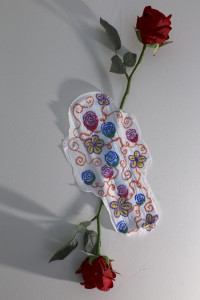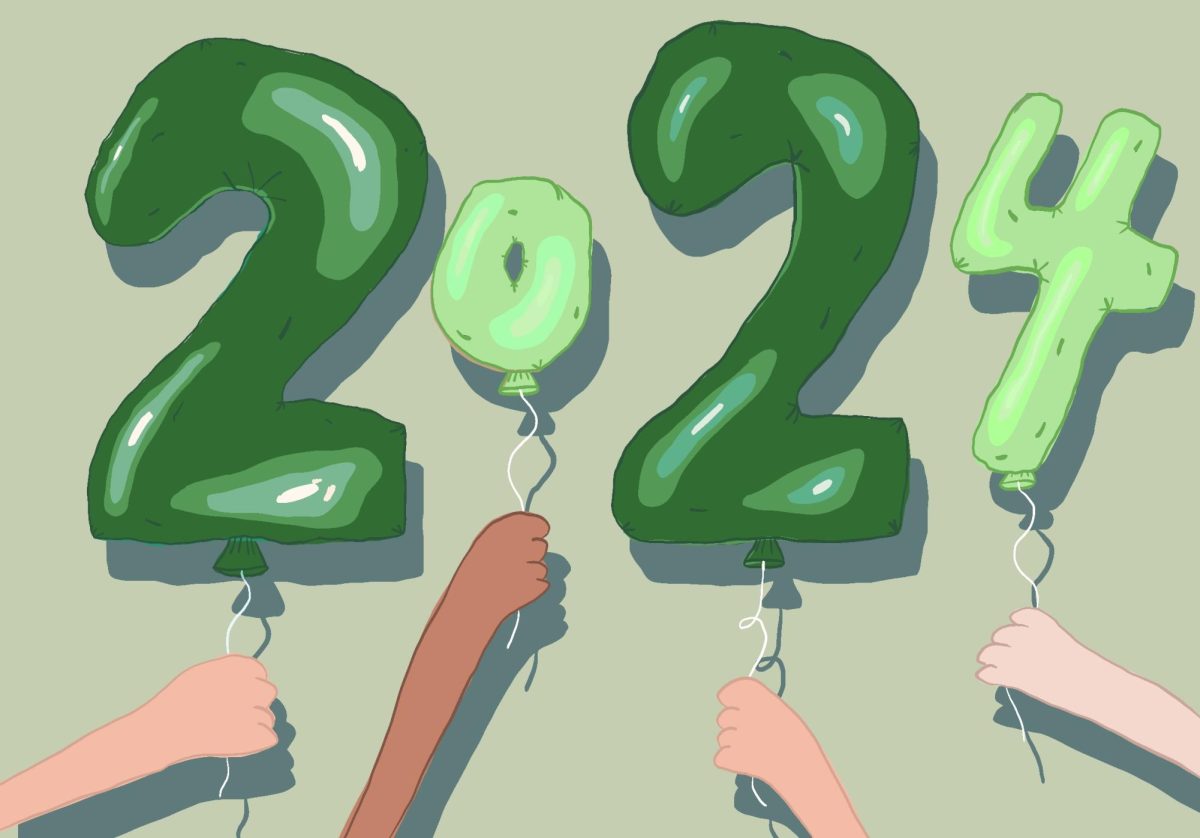In the fifth grade, I was handed a parcel wrapped in purple floral cellophane. Its contents? A mini deodorant, panty-liners, two maxi pads and two tampons. I was officially a woman. With a pad as my shield and a tampon as my sword, I was ready to combat the next 40 years of menstruation.
For the next eight years I diligently picked up a new box of tampons each month, unaware there was another option.
Enter the menstrual cup.
Maybe you have heard the menstrual cup is just for artists wanting to paint with their menstrual blood. Maybe a friend has told you about a menstrual cup horror story involving an uncomfortable trip to the OB/GYN the next morning, as if items could get ‘lost’ in there. Maybe you have heard they are the devil’s shot glass.
A menstrual cup is simply a small silicone cup with a stem attached.

When one has their period, they fold the cup and insert it into the vagina.
The cup will pop open and create a small suction to keep it in place.
The cup collects the blood and can be worn for up to 12 hours. When placed correctly, one cannot feel it and it will not leak.
When it’s time to empty it, pull the stem and insert a finger to break the suction and remove it.
Next, empty the blood into the toilet, rinse and reinsert. Done.
So, what are the benefits? Let’s start with cost. One menstrual cup can be purchased for $20 to $40 and can be used for four to six years.
One box of tampons per month will quickly add up to at least $240 in four years. That is a savings of at least $200 back into your pocket.
The average woman will throw away 250 to 300 pounds of pads, tampons and applicators in her lifetime, according to Blossomcup, a menstrual cup manufacturer.
That means somewhere there is just a mountain of used pads and tampons, which I have dubbed Mount PM Everest.
Most importantly, menstrual cups are made from medical- grade silicone and do not contain dioxins, an organic pollutant that is often toxic, and can be found in tampons.
By using a menstrual cup, you’ll eliminate the risk of toxic shock syndrome, a potentially fatal medical condition caused by a bacterial infection seeping into the skin, according to healthline.com.
And finally, just plain comfort is a benefit.
With menstrual cups there are literally no strings attached.
There are no strings you need to hold out of the way when you pee, no feeling like your vagina has turned into the Sahara desert and best of all, no leaks.
In a periodphobic society where blood runs blue and women get oddly athletic in the throes of menstruation, a menstrual cup is sticking it not only to the man, but to the walls of your vagina.
Be warned, there’s a learning curve, and cups are not for the squeamish.
If you are not a fan of blood or comfortable with inserting something into your vagina, a menstrual cup may not be your best bet.
But if you are already comfortable inserting a tampon, it might be time for an upgrade.












